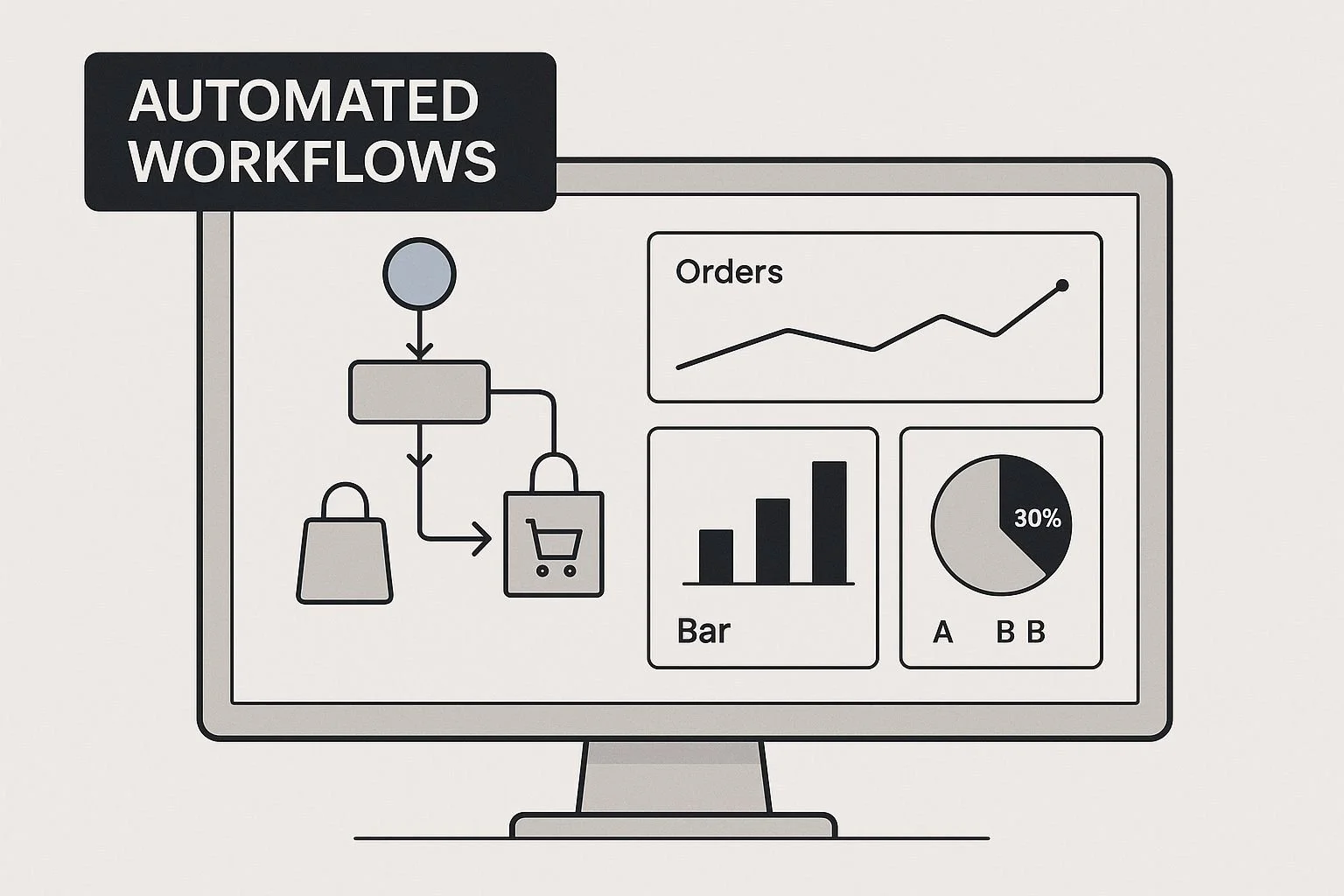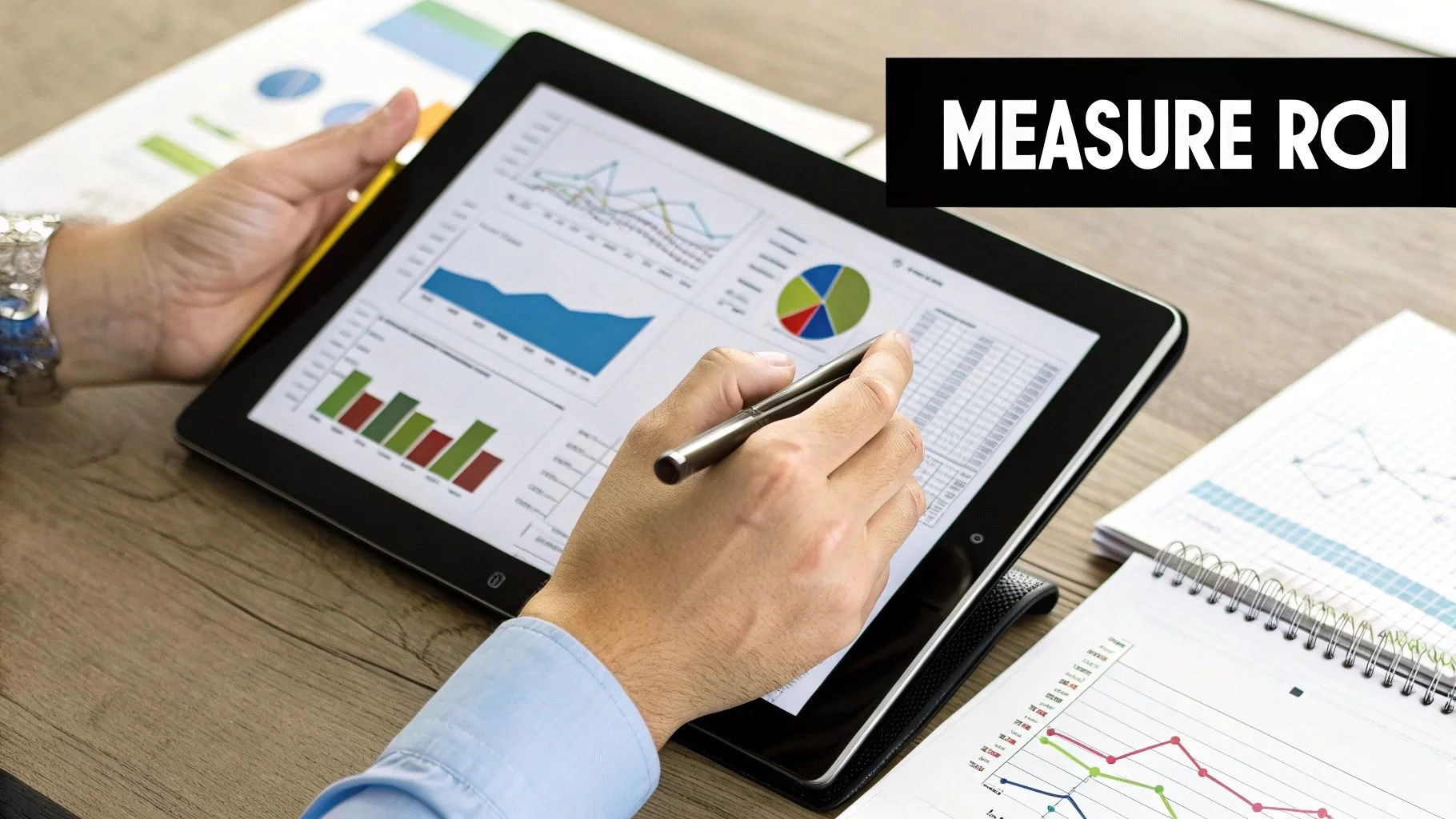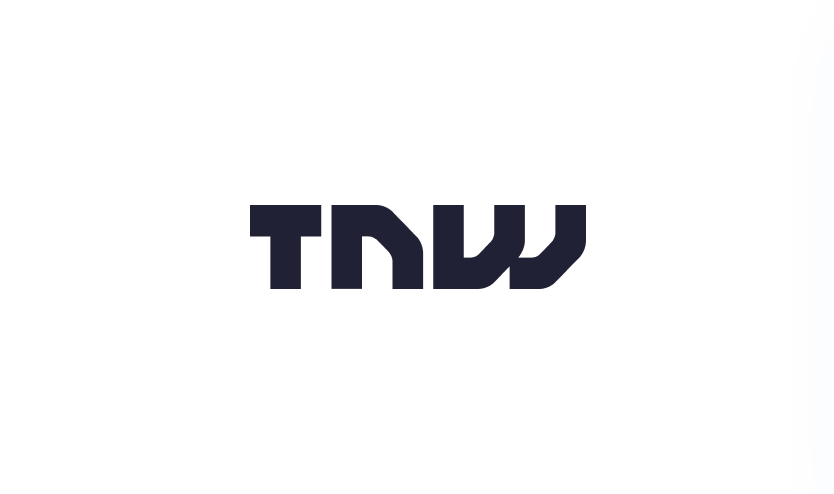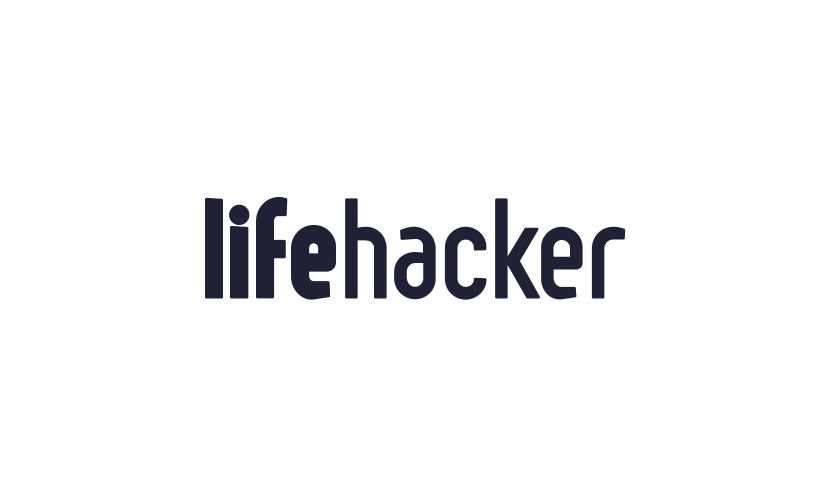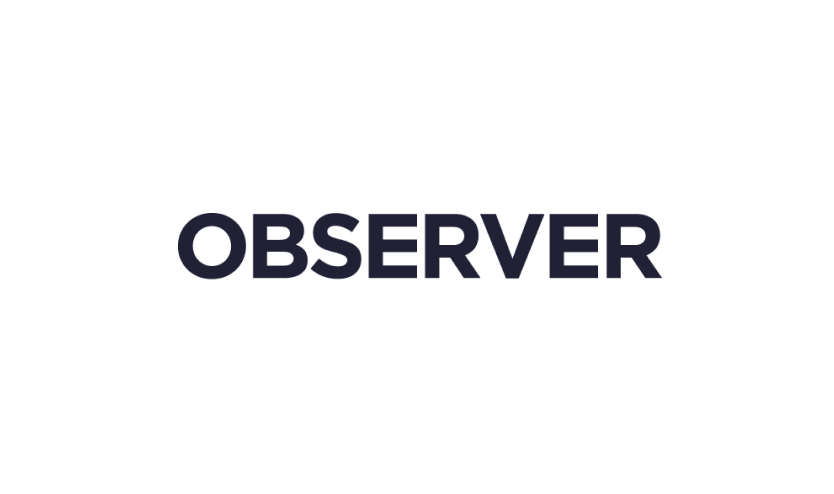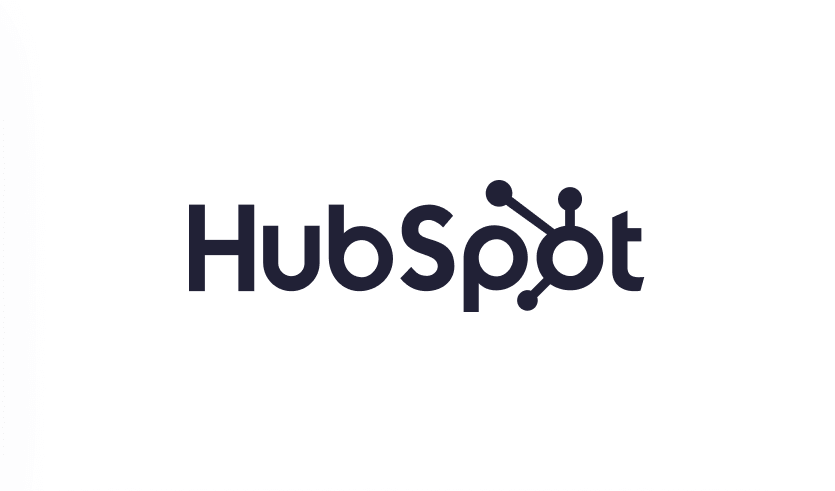Email Marketing Automation for Ecommerce: Boost Sales Fast
Why Email Automation Is Your Ecommerce Store's Secret Weapon
In the fast-paced world of ecommerce, connecting with customers is key. Email marketing automation is crucial for online stores looking to build relationships and boost sales. It's not about sending more emails, it's about sending smarter emails. Automation helps deliver the right message, to the right person, at the right time.
The Power of Personalized, Timely Messaging
Imagine walking into a store and being greeted by name. The salesperson knows what you like and offers helpful suggestions. That's what email automation can do for your ecommerce business. It creates that personalized experience online, nurturing leads and turning them into loyal customers.
For example, a welcome series greets new subscribers and introduces them to your brand. Personalized product recommendations can encourage repeat purchases.
From Abandoned Carts to Revenue Recovery
One of the biggest challenges for ecommerce businesses is cart abandonment. People add items to their cart but leave without buying. Email automation solves this with timely reminders and incentives, recovering lost revenue.
These personalized messages remind customers what they left behind and encourage them to complete their purchase. Plus, automation streamlines other essential tasks, freeing up your time. Instead of manually sending emails, automated workflows handle everything from order confirmations to follow-ups.
This lets you focus on strategies that grow your business.
Boosting Your Bottom Line With Automated Emails
Speaking of growth, automated email marketing has become incredibly powerful for ecommerce. It delivers results far beyond traditional campaigns. Automated emails generate significantly higher engagement.
To illustrate the impact of automation, let's look at some key performance indicators.
To see a clear comparison, take a look at the table below:
Automated vs. Non-Automated Email Campaign Performance This table compares key performance metrics between automated and traditional email campaigns for ecommerce businesses.
This table highlights the significant improvements seen with automated email campaigns. The substantial increases in click rates (332%) and conversion rates (2,361%), alongside the impressive $68 ROI for every dollar spent in the US, demonstrate the power of automation. Find more detailed statistics here: https://www.omnisend.com/blog/email-marketing-statistics/
Debunking the Myths of Automation
Many ecommerce merchants hesitate to use automation because they think it's complicated and expensive. But modern email marketing platforms like Omnisend, Klaviyo, and Mailchimp offer user-friendly interfaces and pre-built workflows. These simplify setup and management.
The return on investment significantly outweighs the initial setup time and ongoing management. The increased efficiency and revenue generated by automation quickly justify the investment. Email marketing automation isn't just a trend; it's a fundamental shift in how ecommerce businesses connect with customers. By embracing personalized, timely messaging, you can unlock growth potential and transform your online store.
Revenue-Driving Email Workflows Every Store Needs
The infographic above illustrates an ecommerce dashboard, showcasing the integration of automated workflows and order icons. This visualization helps businesses understand the customer journey and optimize each touchpoint for maximum conversions. It's a clear example of how seeing the flow can improve results.
Now, let's explore the specific email sequences that can truly boost ecommerce growth. These automated workflows engage customers at just the right moment, building relationships and driving sales.
The Welcome Series: Turning Browsers Into Buyers
The welcome series is your chance to make a great first impression. This automated sequence greets new subscribers, introduces your brand, and encourages that all-important initial purchase.
A welcome discount in the first email can be very effective. Follow-up emails might showcase best-selling products or share valuable content tailored to subscriber interests. This lays the groundwork for a long and fruitful relationship.
Abandoned Cart Recovery: Recapturing Lost Revenue
One of the most powerful automated workflows is the abandoned cart email. This sequence targets customers who add items to their cart but don't complete the purchase.
A timely reminder, often including a small incentive like free shipping, can be surprisingly effective. Personalized product recommendations, based on the abandoned items, can also boost the average order value.
Post-Purchase Engagement: Building Loyalty and Advocacy
The post-purchase workflow goes beyond order confirmations. It's about nurturing the customer relationship after a purchase.
Follow-up emails might include product care tips, related product suggestions, or exclusive offers for repeat customers. This is a key strategy for turning one-time buyers into loyal brand advocates and increasing customer lifetime value. For more detailed information, check out this helpful resource: How to master must-send ecommerce email marketing campaigns.
Replenishment Reminders: Automating Repeat Purchases
For products requiring regular replenishment, like vitamins or pet food, replenishment reminders are crucial. These automated emails prompt customers to reorder before they run out, creating a seamless and convenient shopping experience. This strengthens customer loyalty and boosts repeat purchases.
The following table shows the impact of different email workflows:
To help you choose the right workflow, the table below compares different automated email approaches, considering implementation difficulty, average performance, and revenue impact.
High-Impact Email Automation Workflows for Ecommerce
This table highlights the significant revenue potential of abandoned cart recovery and the importance of a well-crafted welcome series. Note the higher conversion rates for back-in-stock and replenishment reminders due to existing customer intent.
Beyond the Basics: Other Essential Workflows
Beyond the core workflows, other automated sequences can further enhance your strategy:
Browse Abandonment Emails: Target visitors who viewed products without adding them to their cart.
Back-in-Stock Notifications: Notify customers when out-of-stock items return.
Birthday and Anniversary Emails: Offer personalized deals to celebrate customer milestones.
Win-back Emails: Re-engage inactive customers with targeted incentives.
By implementing these revenue-driving workflows, ecommerce businesses can personalize the customer journey, boost sales, and maximize ROI. Automated campaigns generate 320% more revenue than non-automated emails. Abandoned cart emails have open rates exceeding 50%, and businesses using automation save an average of 30% in related costs. For more on the effectiveness of email marketing, see these statistics from OptinMonster.
Segmentation Strategies That Transform Your Results
Generic email blasts are outdated. Today, strategic segmentation is key for turning automated messages into profit-generating machines for your ecommerce store. This requires going beyond basic demographics and digging into data that reveals true customer behavior and buying intent.
Uncovering High-ROI Data Points
Think of segmentation like a treasure hunt. You're looking for the valuable bits of customer information that will unlock effective email marketing automation. Some of the most valuable data points include purchase patterns, predicting future behavior, and engagement signals, revealing buying intent.
For example, customers frequently buying from a specific category are perfect for targeted offers related to those items. Subscribers consistently opening and clicking emails about new arrivals show high interest in your latest products.
The Power of Progressive Profiling
Collecting detailed customer data is important, but long signup forms can discourage new subscribers. This is where progressive profiling shines. This technique lets you gather information gradually, enriching your customer data without being overwhelming.
You might start by only asking for an email address and name. After the first purchase, trigger a follow-up email asking for more details, like birthday or product preferences. This builds a complete customer profile over time, leading to more targeted email marketing.
Implementing Real-Time Behavioral Triggers
Imagine a customer adding an expensive item to their cart and then abandoning it. With real-time behavioral triggers, you can instantly send a personalized email with a small incentive to complete the purchase.
This is just one way real-time triggers can transform your email marketing automation. These automated responses capitalize on immediate actions, maximizing conversion chances.
Segmentation Strategies for Different Growth Stages
Effective segmentation is possible for all businesses, whether you're a startup or a large company. Smaller businesses can start with basic segmentation based on purchase history and email engagement.
As you grow, you can implement more complex strategies. This could include using advanced analytics tools like Google Analytics to identify high-value customer segments and personalize your messaging.
Practical Examples of Successful Segmentation
Leading ecommerce brands are already using segmentation with great results. One company segmented customers based on preferred product categories and saw a 20% increase in click-through rates.
Another business used a win-back campaign targeting inactive customers, resulting in a 15% reactivation rate. These examples show the real benefits of strategic segmentation. Analyzing case studies can help you adapt these strategies for your own business.
Personalization Techniques That Actually Drive Sales
Personalization in email marketing for ecommerce is more than just using a customer's name. It's about crafting unique experiences that resonate and boost conversions. Top ecommerce brands leverage customer data to create messages that feel tailor-made, not mass-produced.
Dynamic Content: Adapting to Customer Behavior
Dynamic content changes the game. This technique allows email content to shift based on real-time data like customer behavior, preferences, and purchase history. It adapts, like a chameleon, to its surroundings.
For example, imagine a customer frequently browses running shoes on your site. Your automated emails can then showcase new running shoe arrivals or special offers, instead of generic fitness apparel. This targeted approach significantly increases relevance.
Optimized Product Recommendations
Product recommendations are key for driving sales, but they have to be smart. By segmenting your audience and studying purchase history, you can personalize product suggestions.
Cross-selling: Offer related products. If someone buys a camera, suggest lenses or a camera bag.
Upselling: Recommend a premium product version. A customer browsing basic laptops might be interested in a model with more memory.
Be careful to avoid being too intrusive. Overly personalized recommendations can feel creepy. Focus on helpful suggestions instead of aggressive product pushes.
Personalization Across Key Email Elements
Personalization should touch every part of your email:
Subject Lines: Include the customer's name or location. "Sarah, check out our new arrivals in Austin!" is far more engaging than "New Arrivals."
Product Showcases: Feature products based on browsing history or past purchases.
Calls-to-Action: Tailor your CTAs to the individual. "Get 10% Off Your First Order" works for new customers, while "View Your Exclusive Offer" is better for returning customers.
Real Campaign Examples
Successful ecommerce businesses prove the power of personalization. One clothing retailer segmented their audience by style. Customers who bought bohemian clothing received emails showcasing new bohemian items, leading to a 15% increase in conversions. Another company used geo-targeting to offer location-based discounts, generating a 12% lift in sales.
These examples showcase the impact of personalization. Using customer data and dynamic content creates engaging emails that boost sales and build genuine customer relationships. Want help with your ecommerce email marketing? I can help you with your email marketing strategy, campaign creation, and automation setup. Check out my ecommerce email marketing services to learn more.
Selecting the Right Automation Platform for Your Growth Stage
Choosing the right email marketing automation platform is crucial for ecommerce success. What works for a small startup often won't cut it for a rapidly expanding enterprise. Carefully consider your current needs and future growth plans. A good starting point for research is this article: My thoughts on various ecommerce email service providers.
Ecommerce-Specific Features: Essential vs. Nice-to-Have
In the early stages, basic automation, like welcome emails and abandoned cart reminders, is key. As your business grows, more advanced features become increasingly important. Identifying these needs early on can prevent future headaches.
Essential Features (Early Stage): Welcome Series, Abandoned Cart Emails, Order Confirmation Emails, Simple Segmentation.
Advanced Features (Growth Stage): Dynamic Content, Behavioral Segmentation, A/B Testing, Advanced Reporting, Multi-Channel Integrations (SMS, Push Notifications).
Integration Capabilities: Seamless Data Flow
Your email marketing platform should integrate seamlessly with your existing tools, including your ecommerce platform (Shopify, Magento, etc.), your CRM (Salesforce), and other marketing tools. This smooth data flow enables personalized campaigns and avoids manual data entry.
For example, integrating your CRM allows targeted email campaigns based on customer demographics and purchase history. Connecting with your ecommerce platform automates order confirmations and shipping updates.
Pricing Models: Beyond the Surface Numbers
While the upfront cost is important, consider the long-term pricing model. Some platforms charge by the number of subscribers, while others offer tiered pricing based on features. Evaluate the total cost, including implementation and ongoing management.
Also, factor in additional costs for premium features, such as advanced analytics or dedicated support.
Scalability: Growing With Your Business
Your chosen platform must scale with your ecommerce store. Look for a solution that handles increasing subscriber numbers and email volume without affecting performance or deliverability.
This means evaluating not just current pricing, but how that pricing scales as your subscriber list grows.
Migration Strategies: Minimizing Disruption
Migrating to an automation platform can seem daunting. However, careful planning minimizes disruptions. This involves exporting existing subscriber data, recreating key email sequences, and testing thoroughly before the full transition.
This process ensures valuable customer data and current campaigns are preserved during migration.
Choosing the Right Platform for Your Stage
Growth Stage Recommended Features Example Platforms
Startup: Basic automation, simple segmentation, affordable pricing Mailchimp, Moosend
Growth: Advanced segmentation, dynamic content, multi-channel integration Omnisend, Klaviyo, ActiveCampaign
Enterprise: Custom solutions, dedicated support, advanced analytics Salesforce Marketing Cloud, Oracle Responsys
This table offers a starting point. Research individual platforms to find the best fit for your specific needs and budget. Investing in the right email marketing automation platform is an investment in your ecommerce future.
Measuring Success: The Metrics That Actually Matter
Moving beyond vanity metrics like open rates and click-through rates is crucial for any successful email marketing strategy. While these provide a surface-level view of engagement, they don't offer a complete picture of your campaign's performance. To truly understand the impact of your email marketing automation for ecommerce, you need to analyze metrics directly tied to your bottom line.
This means focusing on revenue attribution, which accurately measures the revenue generated by each automated workflow. It also involves considering the long-term impact on customer lifetime value (CLTV). Learn more about industry standards in our article about email marketing benchmarks.
Beyond Vanity: Key Metrics for Ecommerce Email Automation
Focusing solely on opens and clicks can be deceptive. A high open rate doesn't guarantee sales, and clicks don't always lead to purchases. Instead, prioritize these key metrics:
Conversion Rate: The percentage of email recipients who complete a desired action, such as making a purchase. This metric provides a more accurate measure of email effectiveness than clicks alone.
Revenue per Email: This metric reveals the average revenue generated for each email sent within a specific workflow, helping you pinpoint your most profitable automated sequences.
Customer Lifetime Value (CLTV): CLTV measures the total revenue a customer is expected to generate throughout their relationship with your brand. Email automation plays a key role in increasing CLTV by nurturing customers and encouraging repeat purchases.
Return on Investment (ROI): Track the overall return on your email marketing investment by calculating the revenue generated compared to the costs associated with your email automation platform and campaign creation.
Tracking Systems: Connecting Email to Your Bottom Line
Accurate tracking is fundamental to understanding your email marketing performance. Your email marketing platform should integrate smoothly with your ecommerce platform to properly attribute revenue to specific email campaigns. This allows you to identify the automated workflows driving the most sales.
For example, integrating your email platform with Shopify allows you to track orders placed directly from links within your automated emails, giving you a clear view of how each email sequence contributes to revenue.
A/B Testing for Continuous Improvement
A/B testing is not a one-time activity, but a continuous process of optimization. Regularly test different elements of your automated sequences, including subject lines, email content, calls to action, and sending times. Small changes can significantly impact your overall results.
For example, testing two different subject lines for your abandoned cart email can reveal which one leads to a higher open rate and, ultimately, more recovered sales.
Actionable Dashboards: Visualizing Your Success
Create dashboards that visualize the key metrics for each workflow. This will give you actionable insights and inform strategic decisions about optimization efforts. A clear dashboard can readily highlight high-performing workflows and those needing improvement.
For instance, a dashboard might display the conversion rate for each email in your welcome series. This helps identify where customers are dropping off and what adjustments you might need to make.
From Data to Decisions: Optimizing for Maximum Impact
Using data effectively is essential for maximizing the impact of your email marketing automation efforts. Analyzing key metrics, A/B testing results, and dashboard insights enables informed decision-making regarding optimization. By continually refining your automated workflows based on data, you can drive growth and achieve your business objectives.
Ready to elevate your email marketing?
Chase Dimond helps ecommerce businesses boost sales with proven email marketing strategies.
Learn more about Chase Dimond's ecommerce email marketing services.


